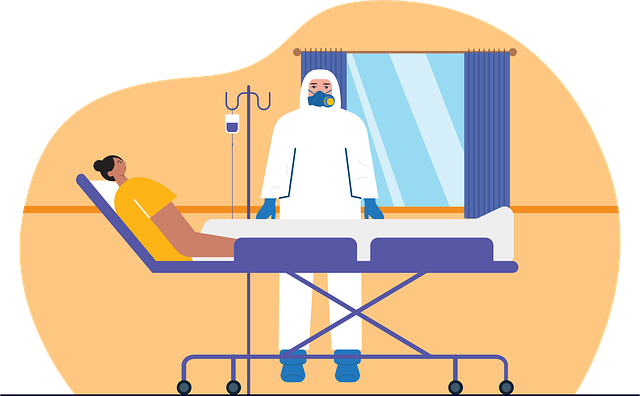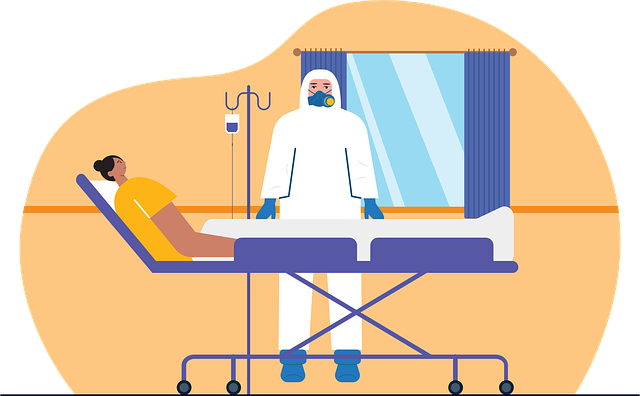The tank truck rollover simulator offers fire academy students a safe environment to train for high-risk scenarios involving large cargo trucks. By simulating rollovers and various conditions, it enhances skill development in risk assessment, decontamination, and crisis management while minimizing real-world hazards. This innovative VR technology improves technical proficiency, boosts confidence, and prepares firefighters to handle hazardous material incidents more effectively, ultimately benefiting community safety.
Fire academies are constantly seeking innovative methods to enhance firefighter training, especially for high-risk scenarios like tank truck rollovers. This article explores the transformative power of a cargo tank training simulator, a virtual reality (VR) solution designed to address these challenges. By simulating real-world emergencies, from training safety protocols to tank rollover prevention, this technology revolutionizes fire academy curricula, equipping firefighters with crucial skills in a controlled environment.
- Training Safety: A Simulated Solution for Fire Academies
- Tank Truck Rollover: Preparing for Emergencies
- Virtual Reality: Enhancing Firefighter Skillset
- Interactive Training: Responding to Hazardous Materials
- Simulation Technology: Revolutionizing Fire Academy Curricula
- Effective Practice: Preventing Rollovers in Cargo Tanks
Training Safety: A Simulated Solution for Fire Academies

Fire academies face a unique challenge when training firefighters on hazardous material (hazmat) response scenarios, particularly those involving large cargo tank trucks. These vehicles are integral to many emergency operations but pose significant risks during training due to their size and complex handling dynamics. A tank truck rollover simulator offers a safe and controlled environment for fire academy students to gain practical experience in managing these high-risk situations.
By simulating real-world scenarios, including tank rollovers, academies can teach firefighters the necessary skills to react swiftly and effectively during actual emergencies. This technology enables instructors to replicate various conditions, such as different terrain, weather effects, and hazardous material releases, enhancing the training experience without endangering lives or equipment. With a tank truck rollover simulator, fire academies can ensure that their students are prepared for the unpredictable nature of hazmat responses, ultimately improving overall safety during real-world operations.
Tank Truck Rollover: Preparing for Emergencies

In the dynamic and often unpredictable world of firefighting, preparation is key to ensuring the safety of personnel and the effectiveness of response strategies. One critical aspect that demands meticulous training is the scenario of a tank truck rollover, an emergency situation that requires swift and skilled intervention. The introduction of a tank truck rollover simulator into fire academy curricula offers a cutting-edge solution for readying firefighters to face such challenges head-on.
This immersive training tool recreates the complex dynamics of a rolling tank truck, allowing trainees to experience firsthand the unique challenges posed by this type of incident. By simulating various conditions and scenarios, firefighters can hone their skills in stabilisation, containment, and rescue operations, thereby enhancing their readiness to respond effectively when faced with a real-life tank truck rollover emergency. The simulator’s ability to provide a safe, controlled environment for practice is invaluable, ensuring that every move made during training translates into improved performance under pressure.
Virtual Reality: Enhancing Firefighter Skillset

Virtual Reality (VR) technology has emerged as a game-changer in fire academy training, particularly with the introduction of advanced cargo tank training simulators. These immersive simulations offer firefighters a safe and controlled environment to practice high-risk scenarios like tank truck rollover incidents. By donning VR headsets, trainees can step into virtual situations that closely mimic real-world challenges, enabling them to develop critical decision-making skills and refine their techniques without endangering themselves or others.
The tank truck rollover simulator, for instance, exposes firefighters to the unique dangers of transporting and handling hazardous materials. Through realistic 3D graphics and interactive scenarios, trainees learn to respond effectively to rollovers, containment procedures, and emergency evacuations. This innovative approach not only enhances their technical proficiency but also boosts their overall confidence in managing unpredictable situations, ultimately making them better prepared for real-world emergencies.
Interactive Training: Responding to Hazardous Materials

Interactive training is a vital component in preparing fire academy students for real-world scenarios, and the Tank Truck Rollover Simulator takes this to a new level. This innovative tool allows trainees to gain practical experience dealing with hazardous materials in a controlled environment, enhancing their ability to respond effectively during emergencies. By simulating various conditions, including tank truck rollovers, students can learn to assess risks, manage decontamination processes, and coordinate with other emergency responders, all while minimizing potential hazards.
The Tank Truck Rollover Simulator offers a safe space to practice complex procedures, ensuring that fire academy graduates are well-prepared to handle hazardous material incidents. This interactive training method not only improves their technical skills but also boosts their confidence in managing crisis situations, ultimately contributing to safer communities.
Simulation Technology: Revolutionizing Fire Academy Curricula

In today’s digital era, simulation technology is revolutionizing fire academy curricula, offering a safe and controlled environment to train for high-risk scenarios. One game-changer in this space is the tank truck rollover simulator, designed to prepare firefighters for the challenges they might face when dealing with large vehicles in hazardous conditions. This cutting-edge tool simulates real-world situations, allowing trainees to experience the dynamics of vehicle rollovers and practice response strategies without endangering themselves or others.
The tank truck rollover simulator provides a dynamic, interactive learning experience that enhances traditional training methods. By replicating various conditions, from road surfaces to weather effects, firefighters gain a deeper understanding of vehicle stability and the intricacies of rollover prevention and rescue operations. This innovative approach not only improves individual skills but also fosters teamwork and decision-making capabilities in high-pressure situations.
Effective Practice: Preventing Rollovers in Cargo Tanks

Cargo tank training simulators offer a safe and controlled environment for fire academy students to practice handling potentially hazardous situations, including preventing tank truck rollovers. These simulations allow trainees to gain hands-on experience without risking damage to real equipment or endangering themselves or others. By replicating the dynamics of loading, unloading, and transporting liquid cargo, the simulator enables firefighters to learn the signs of instability, understand how to respond to critical conditions, and practice stabilization techniques.
Effective rollover prevention involves maintaining proper weight distribution, securing loads properly, and adhering to strict safety protocols. Simulators can help students internalize these best practices by providing immediate feedback on their actions. They learn to recognize imbalances, visualize potential risks, and implement corrective measures before they encounter a real-world scenario where quick thinking could be the difference between an accident and a successful outcome. This proactive approach to learning enhances their overall preparedness for addressing tank truck rollovers in high-pressure situations.
